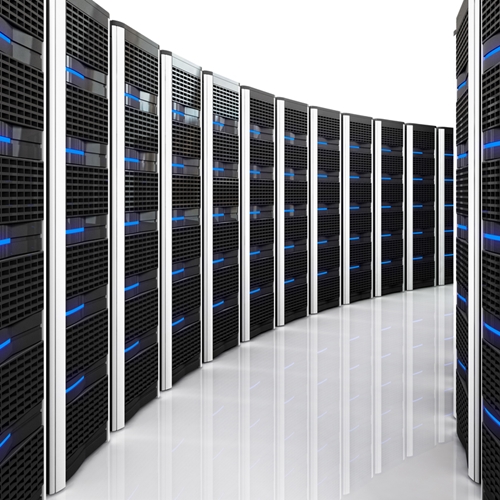Data center owners and operators are considering new power alternatives to cool equipment in their facilities, as well as gain insight through analyzing system data.
A newly designed data center in Manhattan will be a co-generation facility, meaning fuel consumed by the establishment will be used for more than one purpose. This practices normally refers to using excess steam produced during electricity generation to heat other nearby buildings. Consolidated Edison heats about 100,000 buildings in New York using this process, according to InformationWeek contributor Charles Babcock.
However, when it comes to DataGryd's Manhattan facility, two gas turbines generate energy. The co-generation-inspired system will produce hot exhaust gases instead of steam, which will be used to power absorption chillers to cool equipment in the data center. A portion of the waste heat will also heat the building in the cooler seasons.
Using Turbine Exhaust for Cooling
Babcock said while it may seem counter intuitive to use the exhaust of a 900 degree Fahrenheit turbine system for cooling purposes, it can be done efficiently.
Babcock said the turbine exhaust cooling system functions the opposite way of a refrigeration system, which compresses a refrigerant and pushes excess heat out. DataGryd CEO Peter Feldman's data center design will use the gases to boil a refrigerant, the gases of which condense into a liquid again when their temperature drops. During the condensation process, heat is taken out of the surrounding environment, which will cool nearby locations and on-premise equipment.
"No compressor or other moving parts [are] needed in DataGryd's absorption chiller," Babcock wrote. "The turbine exhaust gases do all the work."
An electricity generation system which doubles as a cooling structure will greatly decrease the amount of power consumed by the facility. At a typical data center, 25 percent of the total electricity is used for cooling purposes, which represents the second largest energy consumption within a facility after running equipment. Babcock stated that DataGryd's system will guarantee 20 percent less energy consumption via reduced cooling need and other energy saving strategies.
While the 240,000 square foot facility is not up and running yet, Feldman plans to have both turbines online before the end of 2013.
Putting a Data Center on a Gas Turbine
According to GE vice president of software and analytics Bill Ruh, the amount of data produced by industrial machines will soon outpace anything the industry has ever seen. Once these massive amounts of data are analyzed, processes will become easier, Ruh said.
In order to obtain more data, Ruh told GigaOM that GE is placing hundreds of sensors on gas turbines within data center facilities. The company then plans to study the information in order to improve efficiency.
"We're almost putting a data center on a gas turbine," Ruh said of GE's plan to analyze sensor data.
While the task of processing and analyzing several hundred terabytes of data each day may seem daunting, project efforts will not go unrewarded. Ruh said if the data allows employees to enhance efficiency by just 1 percent, the annual savings could total almost $6 billion per year.





2 thoughts on “Data Center Power Alternatives: Gas Turbines”